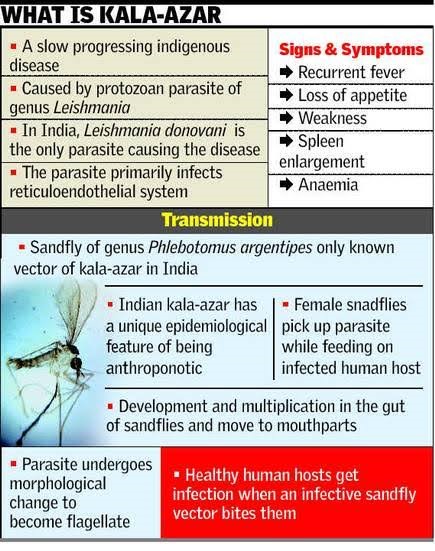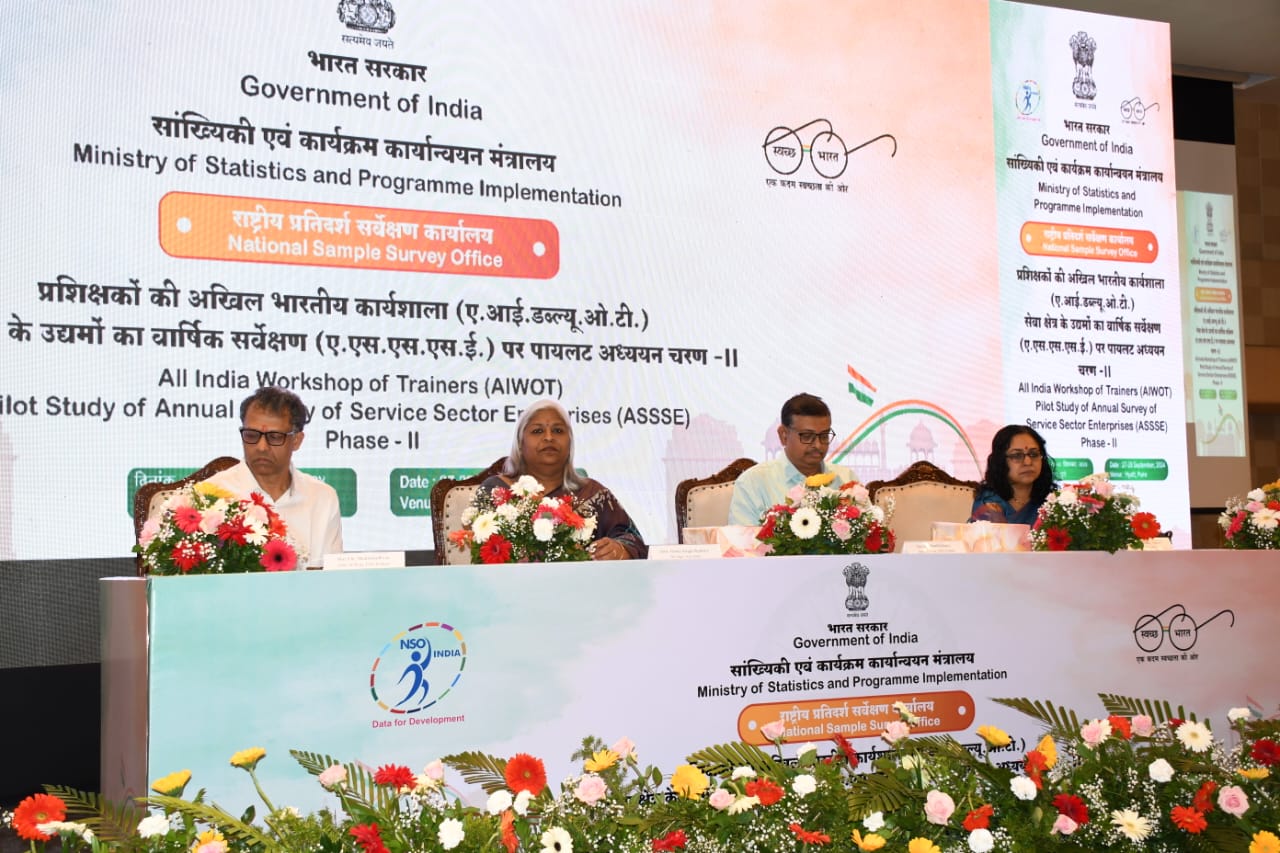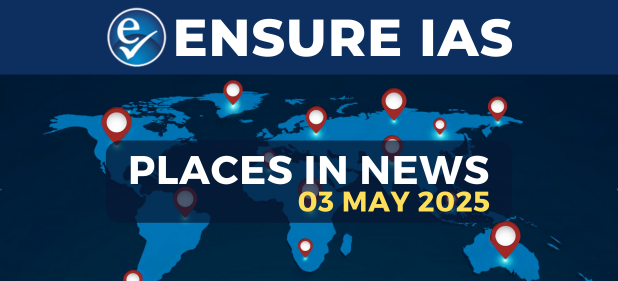- Courses
- GS Full Course 1 Year
- GS Full Course 2 Year
- GS Full Course 3 Year
- GS Full Course Till Selection
- CSAT
- 5 LAYERED ARJUNA Mentorship
- Public Administration Optional
- Online Program
- GS Recorded Course
- NCERT (Recorded 500+ Hours)
- Polity Recorded Course
- Geography Recorded Course
- Economy Recorded Course
- AMAC Recorded Course
- Modern India, Post Independence & World History
- Environment Recoded Course
- Governance Recoded Course
- Science & Tech. Recoded Course
- International Relations and Internal Security Recorded Course
- Disaster Management Module Course
- Ethics Recoded Course
- Essay Recoded Course
- Current Affairs Recoded Course
- ABOUT US
- OUR TOPPERS
- TEST SERIES
- FREE STUDY MATERIAL
- VIDEOS
- CONTACT US
India Towards the Elimination of Kala Azhar Disease
India Towards the Elimination of Kala Azhar Disease

India Towards the Elimination of Kala Azhar Disease
Why in News?
Recently, as per the data released by the government the Kala-azar cases in India declined by 98.7% between 2007 and 2022, from 44,533 cases to just 834 cases.
- 632 endemic blocks mostly spread across Bihar, Uttar Pradesh, Jharkhand, and West Bengal have received elimination status (less than 1 case per 10,000).
- The only block that is still in the endemic category is Littipara in the Pakur district of Jharkhand (1.23 cases per 10,000 population).
So, What is Kala-azar Disease?
- It is also known as Visceral Leishmaniasis or Black Fever or Dumdum Fever.
- There are 3 types of Leishmaniasis:
- Visceral Leishmaniasis, which affects multiple organs and is the most serious form of the disease.
- Cutaneous Leishmaniasis, which causes skin sores and is the most common form.
- Mucocutaneous Leishmaniasis, which causes skin and mucosal lesions.
- It is a deadly parasitic disease caused by the protozoa parasite Leishmania and mainly affects the people living in Africa, Asia and Latin America.
- The disease can cause death, if left untreated.
- It is transmitted to humans by the bite of an infected female phlebotomine sandfly.
- Signs and Symptoms: Fever, weight loss, anemia, and enlargement of the liver and spleen.
- Prevention of kala-azar involves measures to reduce the breeding sites of sandflies and to protect people from sandfly bites.
- This can be achieved through the use of insecticides, bed nets, and repellents, as well as the improvement of housing conditions and access to clean water and sanitation.
- The WHO also recommends Mass Drug Administration (MDA) in areas where the disease is endemic.
- The treatment of kala-azar involves the use of drugs, such as sodium stibogluconate and meglumine antimoniate.
- The WHO recommends a combination of 2 or more drugs for the treatment of kala-azar, as monotherapy has a higher risk of treatment failure and drug resistance.
Global and National Status of the Disease:
- As per the World Health Organization (WHO), Kala-azar is the 2nd deadliest parasitic disease in the world, and as of November 2022, about 89% of global cases are reported from 8 countries: Brazil, Eritrea, Ethiopia, India, Kenya, Somalia, South Sudan, and Sudan.
- India contributes about 11.5% of total cases of Kala-azar reported globally.
- Over 90% of kala-azar cases in India are reported from Bihar and Jharkhand, while Uttar Pradesh and West Bengal have achieved their elimination targets at the block level.
Related Initiatives are:
- At Global level:
- WHO’s New Roadmap for 2021–2030: It is to prevent, control, eliminate and eradicate a set of 20 diseases by 2030.
- The WHO has also established the Global Programme to Eliminate Lymphatic Filariasis (GPELF), which aims to eliminate lymphatic filariasis, onchocerciasis, and Kala-azar.
- The target set by GPELF in 2000 to eliminate these diseases globally by 2020 was not achieved. Despite setbacks due to Covid-19, WHO will accelerate work to achieve this target by 2030.
2. By India:
A) The central government has taken several steps to achieve its goal of eliminating kala-azar from India by 2023, including building pucca houses through the PM-AWAS yojana, rural electrification, testing, treatment, periodic high-level review, and award distribution.
B) The Centre is also supporting the states in active case detection, surveillance, treatment, and supply of diagnostic kits, medicines, and sprays.
C) National Kala-azar Elimination Programme
- The National Health Policy-2002 set the goal of Kala-azar elimination in India by the year 2010 which was revised to 2015.
- India signed a Tripartite Memorandum of Understanding (MoU) with Bangladesh and Nepal to achieve Kala-azar elimination from the South-East Asia Region (SEAR).
- Presently, all programmatic activities are being implemented through the National Vector Borne Disease Control Programme (NVBDCP) which is an umbrella programme and is subsumed under National Health Mission (NHM).
About National Health Mission (NHM)
1. NHM was launched by the government of India in 2013 subsuming the National Rural Health Mission (Launched in 2005) and the National Urban Health Mission (Launched in 2013).
2. The main programmatic components include Health System Strengthening in rural and urban areas for - Reproductive-Maternal- Neonatal-Child and Adolescent Health (RMNCH+A), and Communicable and Non-Communicable Diseases.
3. The NHM aims for achievement of universal access to equitable, affordable & quality health care services that are accountable and responsive to people's needs.
Additional Information
About World Health Organization (WHO)
1. WHO is an United Nations specialized agency which was founded in 1948.
2. It’s headquarter is situated in Geneva, Switzerland.
3. WHO has 194 Member States, 150 country offices, 6 regional offices
worldwide.
4. It’s an inter-governmental organization and works in collaboration with its
member states usually through the Ministries of Health.
5. The WHO provides leadership on global health matters, shaping the
health research agenda, setting norms and standards, providing technical
support to countries etc.
Must Check: Best IAS Coaching in Delhi



